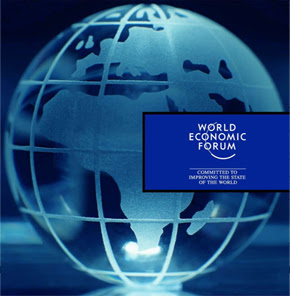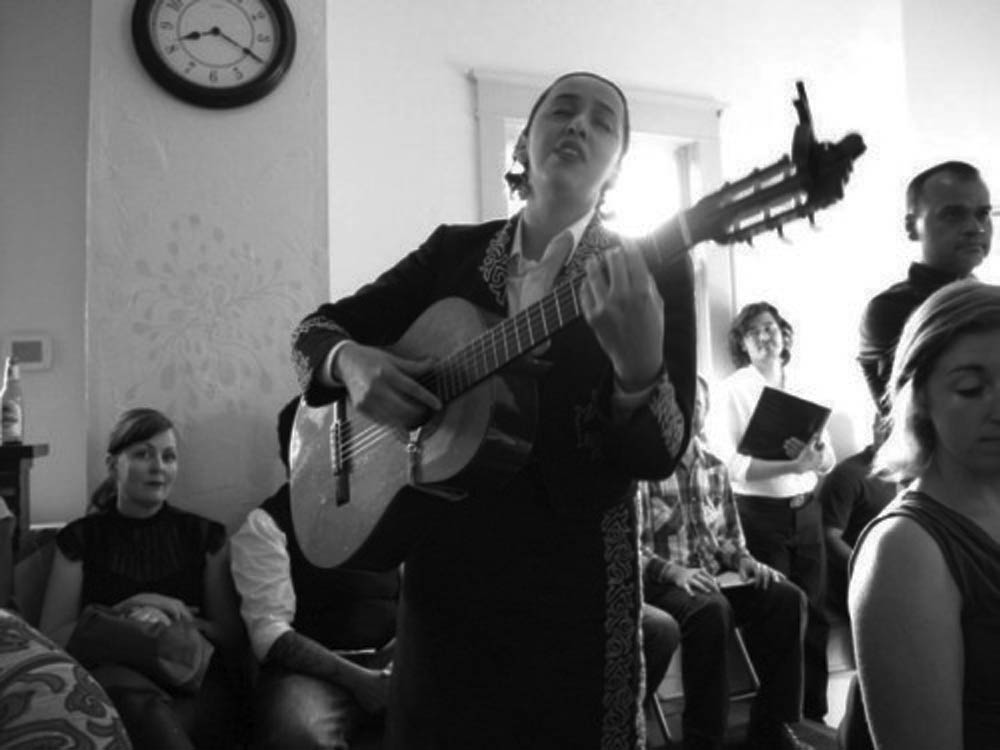by Melody Miranda Aulet
Mundo Hispanico/New America Media
ATLANTA, Ga.- For 10 years Gloria Frías has had a full time job, but she receives no compensation for her work.
This is because ever since her mother suffered a fall that confined her to a wheel chair she has had to change her lifestyle completely, becoming the primary caregiver of Paula Frías Vázquez, who turned 91 years old last February.
“I had to leave my family for eight months to deal with my mother’s medical emergency in Mexico. My youngest son was 12 years old et at the time, and I had to leave him with my former husband so I could take care of her, since my brothers never showed up to give me a hand,” Gloria said.
While in Mexico her ex-husband sent her some money to cover her mother’s medical expenses, but when she came back with her mother to the United States everything changed and she stopped receiving support from everyone around her.
8 Million Latino Caregivers
Gloria Frías explains how difficult it was at first to take her mother on the bus to medical appointments while she was in a wheel chair. “Now I can take her in my car, but I have to carry her. And then at the doctor’s office I have an even harder time since they take so long for the physician to see her. They treat her like any other patient, not taking into consideration her advanced age, how she cries because of the pain she feels.”
This Mexican woman is one of more than 8 million Hispanics taking care of family elders without receiving any compensation, according to the 2008 study, “Hispanic Family Caregiving in the U.S.” conducted by the Evercare organization in collaboration with the National Alliance for Caregiving.
According to Henry Pacheco, MD, medical director of the National Hispanic Council on Aging, “What motivates Hispanics to become caregivers to their elders is familiarismo, their cultural values that are passed on from generation to generation.”
Pacheco, who is from Bolivia, said Hispanics learn the obligation to care for family elders from an early age. “In many cases it is an honor or a cultural obligation, just like the responsibility of taking care of your children,” he added.
Most Latinos prefer to take care of their elders at home were they can speak their native language and eat Latino cuisine, instead of sending them to nursing homes.
Also, it is almost impossible for most Hispanic families to pay between $8,000 and $10,000 a month for institutional care in a nursing home, Pacheco said.
A Challenge for Women
According to the Hispanic family caregiving study, a third of Latino households in the United States have at least one family member in charge of taking care of an older person. Three-quarters of them are women like Gloria Frías.
Elena Mola, takes care of her 96-year-old mother, and María Ramírez, became the caregiver for her husband, Abdonias, after he suffered a stroke that almost took his life.
Mola, a retired Cuban teacher, has dedicated her golden years of retirement to the caregiving of her mother, Cristina. She is in charge of controlling her diabetes and her high blood pressure. She misses the regular eight-hour working schedule. Today, caregiving is a full-time job–24 hours a day, seven days a week, 365 days a year.
However, Ramírez found ingenious ways to take care of her husband’s health, turning to alternative medicine for his treatment. She prepares juices for him with natural ingredients she learned from elders in Colombia in order to relief him of his ailments. Otherwise, prescribed medications would have cost her around $1,200 a month, she said.
Frías faces these same challenges day by day. During the first years of taking care of her mother she did what she could, working in restaurants and babysitting. Her children helped her with some money when they were still single and living at home.’
“Once they grew and left Georgia, I couldn’t work like I used to before. I had no one to cover for me while I was working. It was hard because when my mother went blind, I lost all control over the situation. I couldn’t leave her alone whenever I wanted to go run errands or work,” Frías remembered.
In the past, Frías had given her mother a cellphone so she could phone in case of an emergency, but her mother lost the ability to make such calls.
Huge Stress
Pacheco of the National Hispanic Council on Aging emphasized, “That pressure of having to look for other alternatives to take care of their loved ones–who depend solely on them–causes a lot of stress because they are caught in a predicament where they have to choose between their personal needs and the cultural obligation of taking care of their elders. The pressure is huge for them.”
That stress is what Frías feels constantly by having to dedicate her entire life to the care of another person. “I have forgotten about myself, the feeling of going out and having time for myself. I don’t have a social life; all my time and effort is for her,” she added.
Adding in the anguish of seeing her mother, Paula, sick with being in constant fear of a relapse in her health, and mixing in the possibility that Gloria might lose her mom at any second results in the recipe for what most caregivers experience on a daily basis.
“I think I’m depressed, because you see that your loved ones don’t come and visit you; they don’t come to see her and even less to help me out with her care,” Frías lamented with tears in her eyes.
She confessed that her family always has an excuse for not visiting and when they do they ignore her mother. She admitted that she has started to feel resentment towards them because of their lack of consideration and support.
Frías, as well as María Ramírez have received many donations and help from church groups and neighbors, who care deeply about the well-being of Paula and Abdonias.
“What they are doing for their family members is valuable and impressive,” said Prof. Kerstin Gerst of the Institute of Gerontology at the University of Georgia.
With a joyful tone, Gerst added that if she were to need someone to take care of her when she got older, she would want it to be one of them. Over the years, she said, Frías and Ramírez have learned on their own how to provide proper care and they have done so because of the responsibility they feel towards their elder family members.“
(Melody Miranda Aulet wrote this article for Mundo Hispánico through a journalism fellowship from New America Media and the Gerontological Society of America, supported by AARP).










